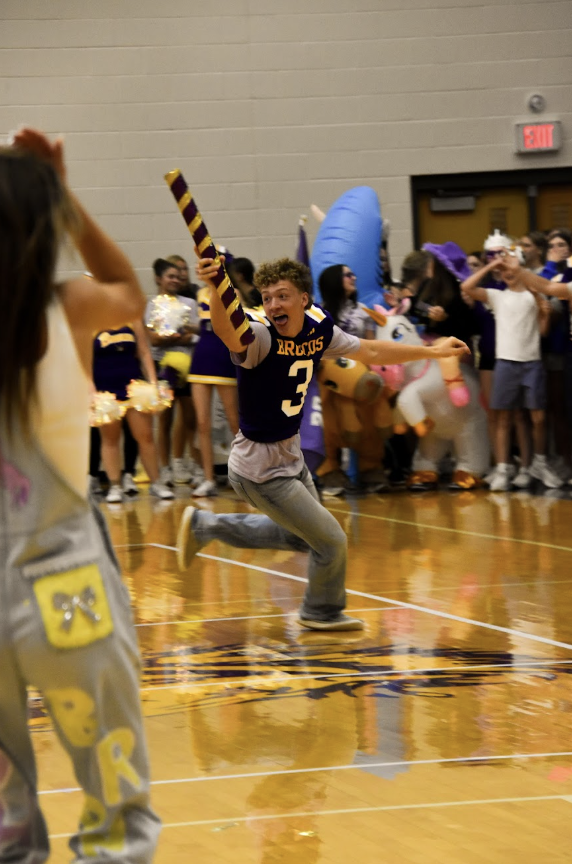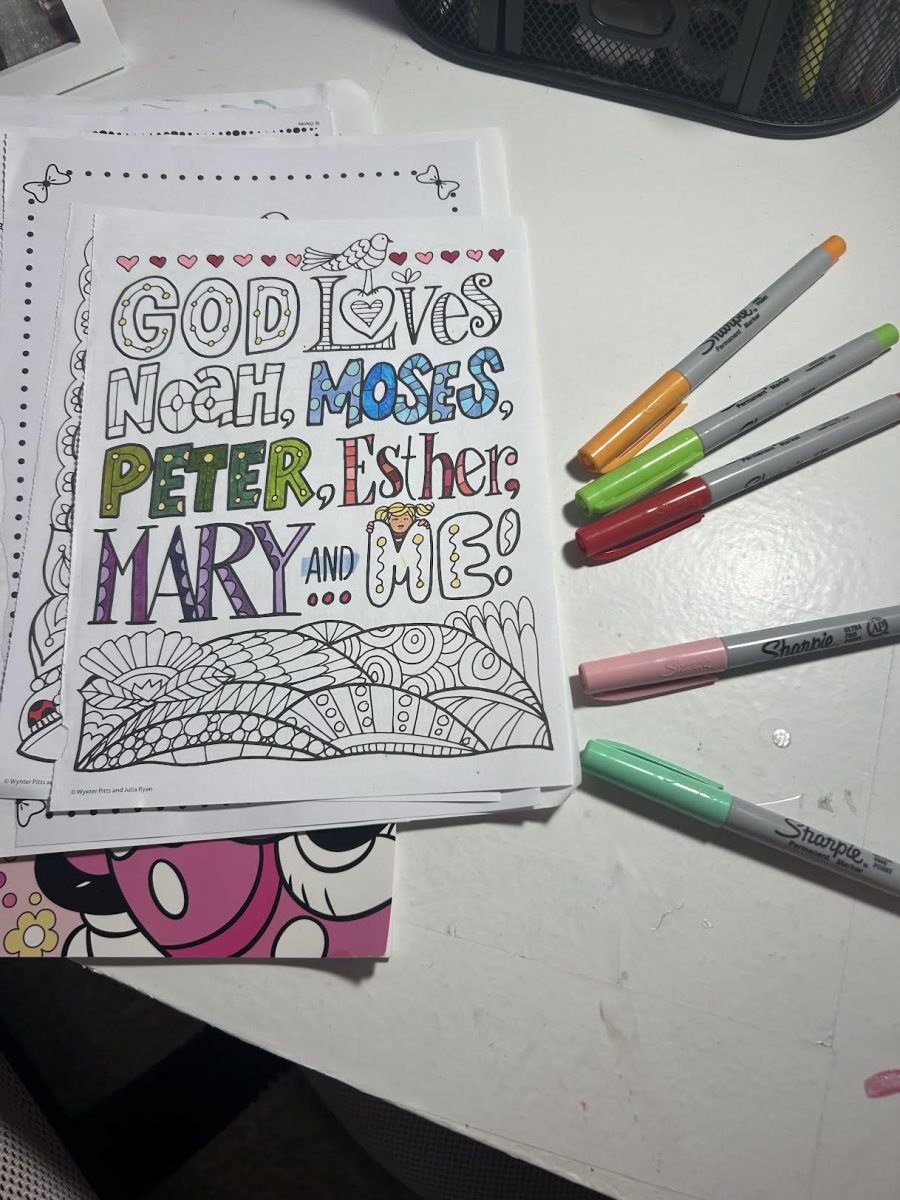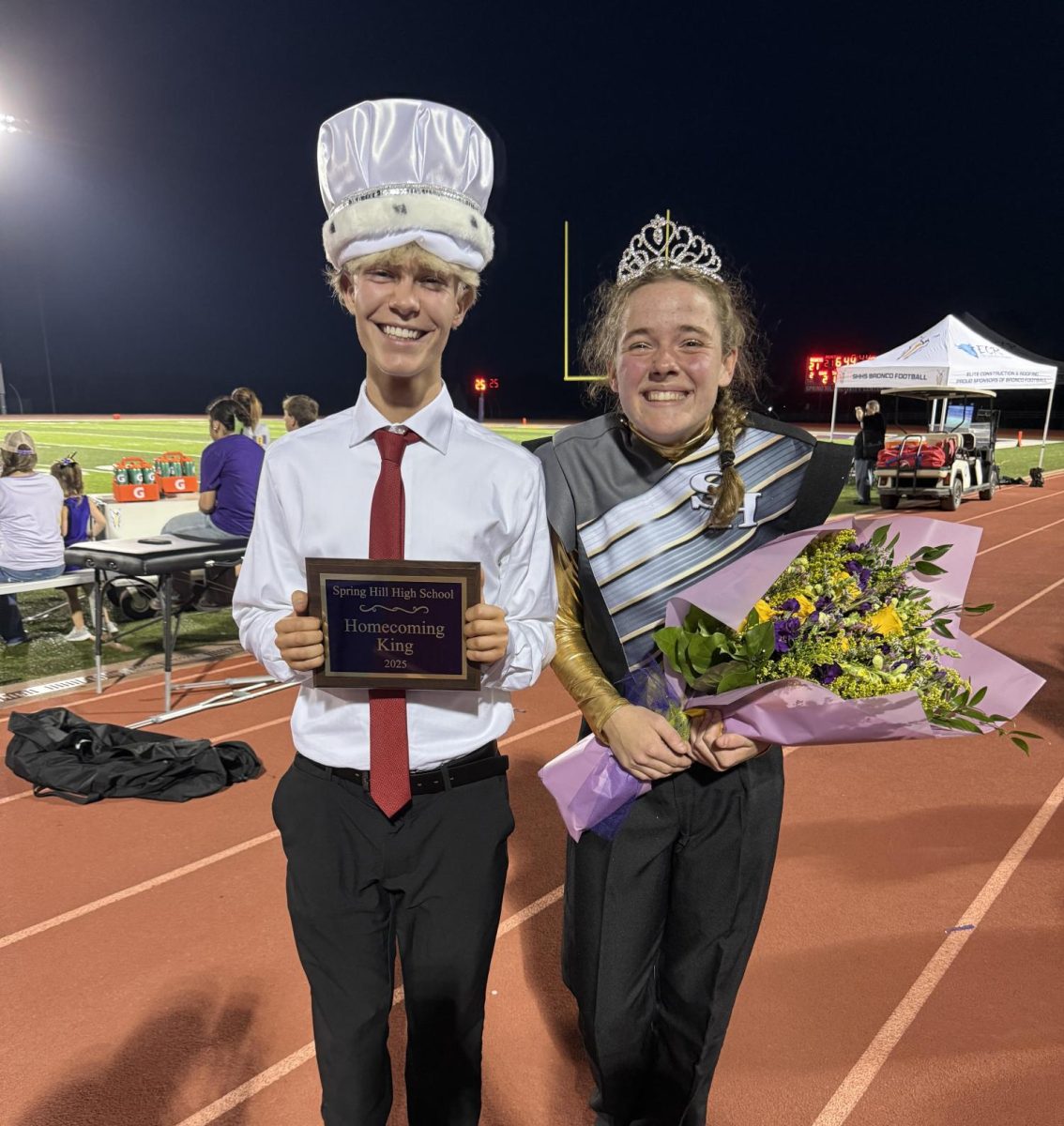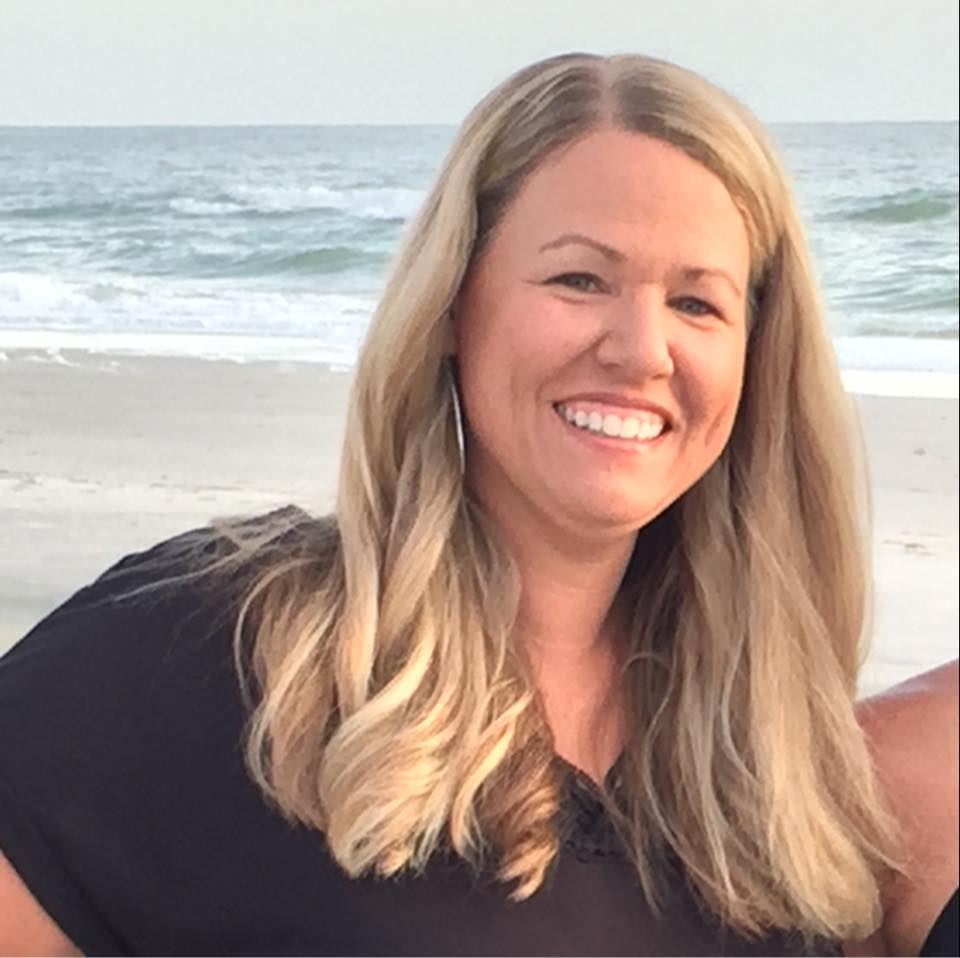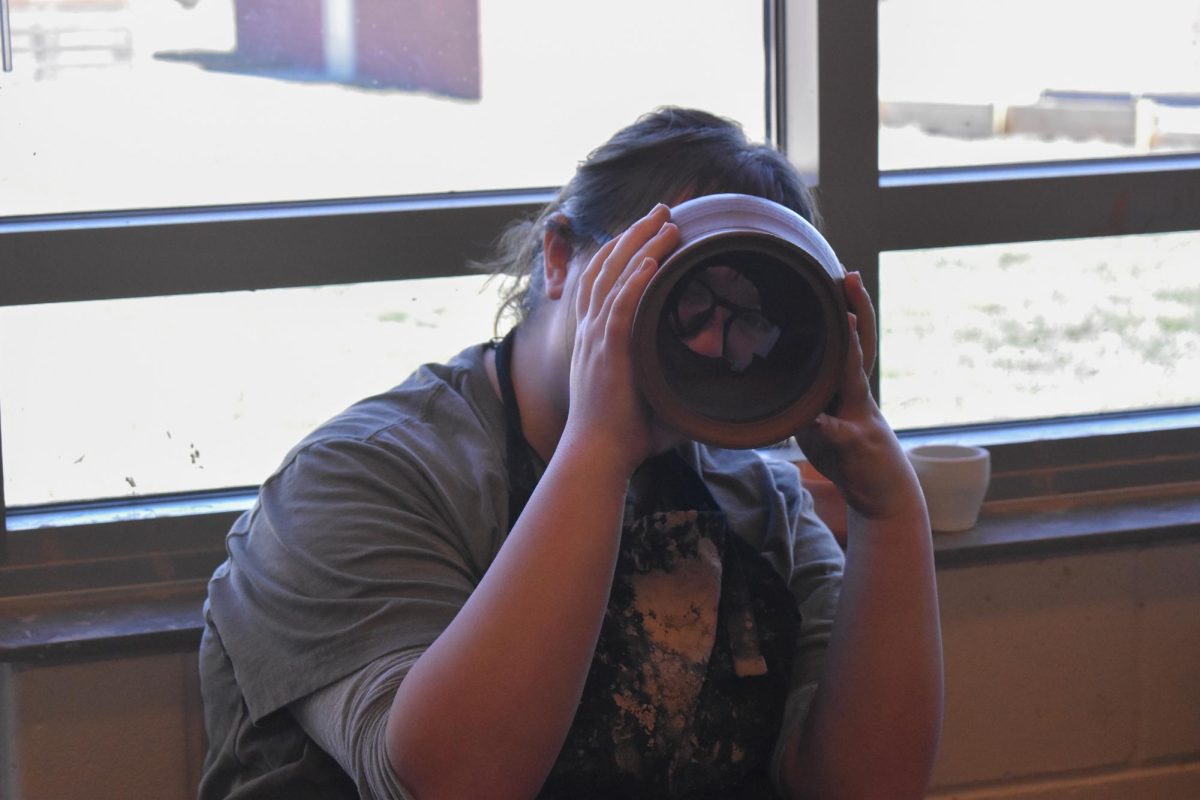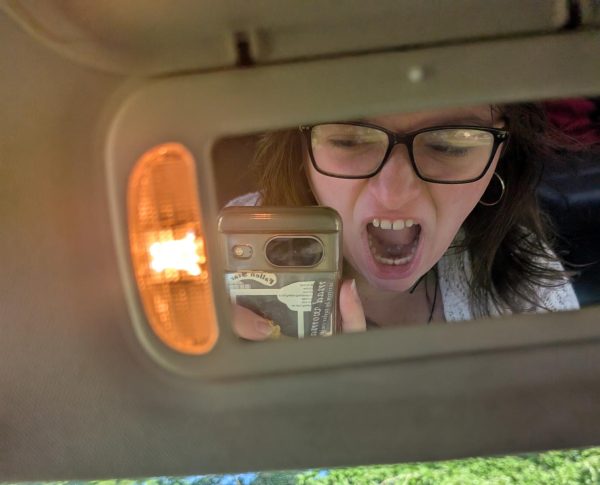Paul Young, social studies teacher, has fallen into a weekly outfit routine in the past decade of teaching.
“On Mondays and Tuesdays I will try to wear a tie, so those are my dress up days…Wednesday becomes a polo outfit, and Thursdays are my Hawaiian days,” Young said. “It’s something bright and cheery and I thought we need that in our lives, so I made it a tradition. On Friday I always wear my Bronco pride.”
Hawaiian shirts may seem like a random pick, but as with everything surrounding Young, there’s a story behind that.
“[Wearing Hawaiian shirts] started with my wife thinking I looked like Tom Selleck with a TV show where he was based in Hawaii. He always had a Hawaiian shirt on, so me looking like him and him having those shirts became
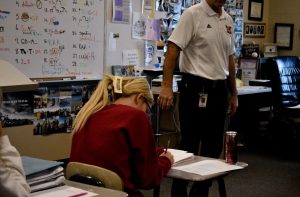
a thing where I started wearing them a lot,” Young said.
Ties are especially crucial to Young’s brand, owning over 120. However, the inspiration of wearing a tie to school started long before Young.
“I had a mentor when I first started teaching that would always wear a tie, and I liked that. I thought about it myself and teaching is a profession so I think I should dress professionally. I see a tie as someone dressing professionally and I take my job seriously.”
When wearing formal dress on Mondays and Tuesdays, Young pairs the ties with a clip to hold the tie down.
“When I first started teaching, back when I didn’t wear a tie clip, and everytime I would sit down at lunch, because that was back in the way where you’d have mashed potatoes and gravy every day for lunch, I’d sit down and my tie would fall in the plate. I learned very quickly,after ruining two or three ties, I better put something on to keep [the tie] from falling onto my plate every time I sat down,” Young said.
Overall through clothing choices Young wants to teach students that the expression ‘dress to impress’ still holds value.
“If you’re making the effort to look nice that tells me something about you…it’s become this generation thing where wearing a tie just isn’t as important any more. I think we’re losing a big part of our culture by thinking that way.”


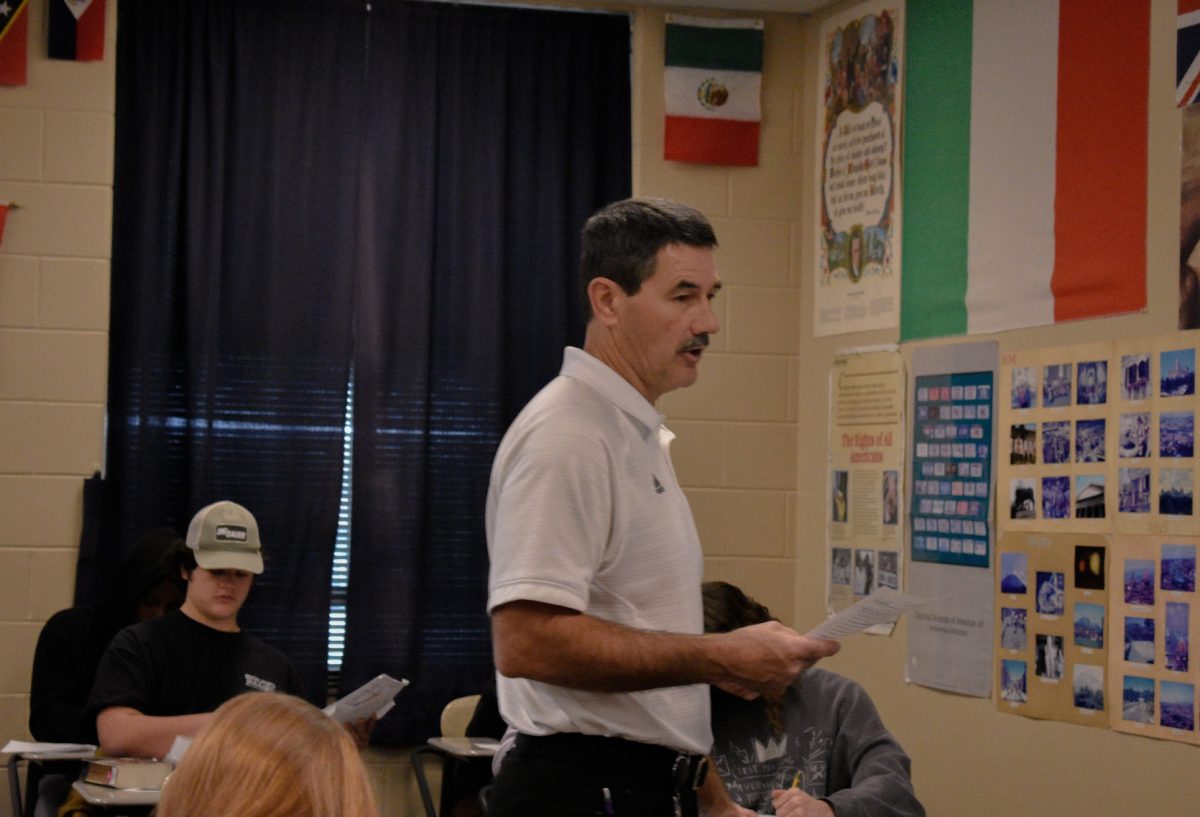
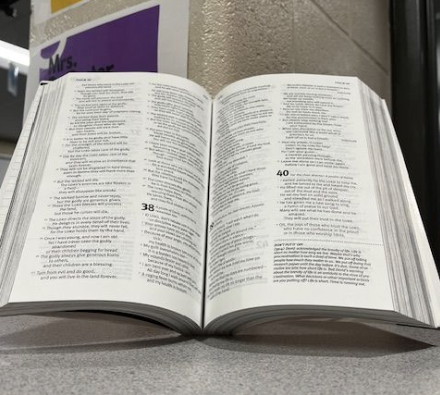
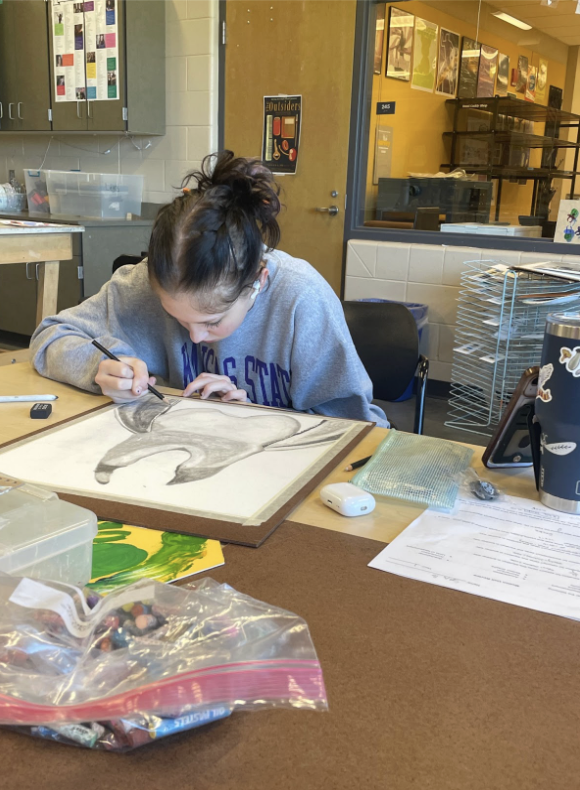
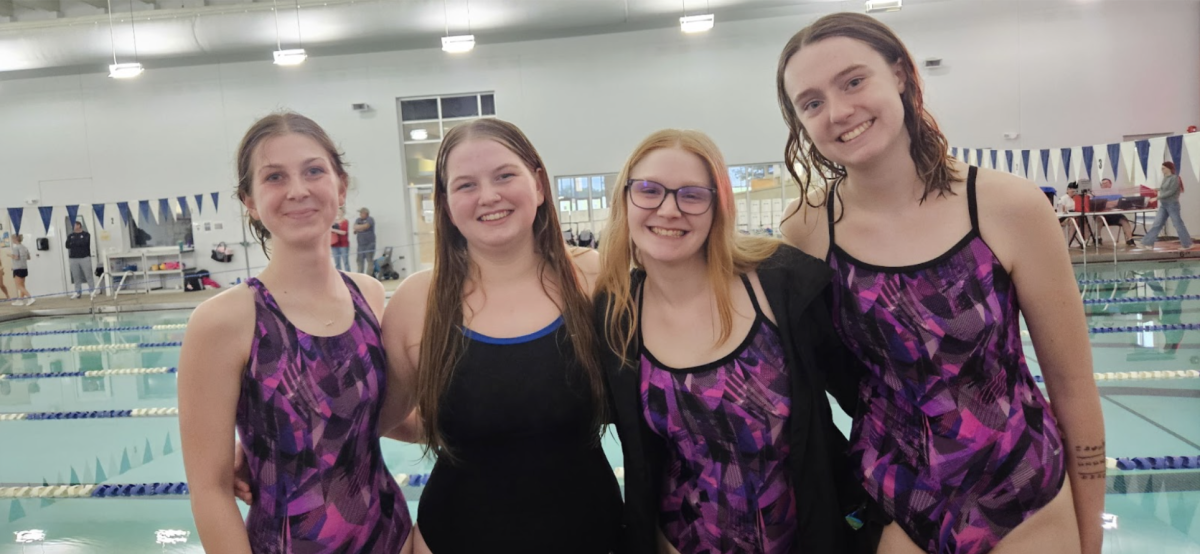
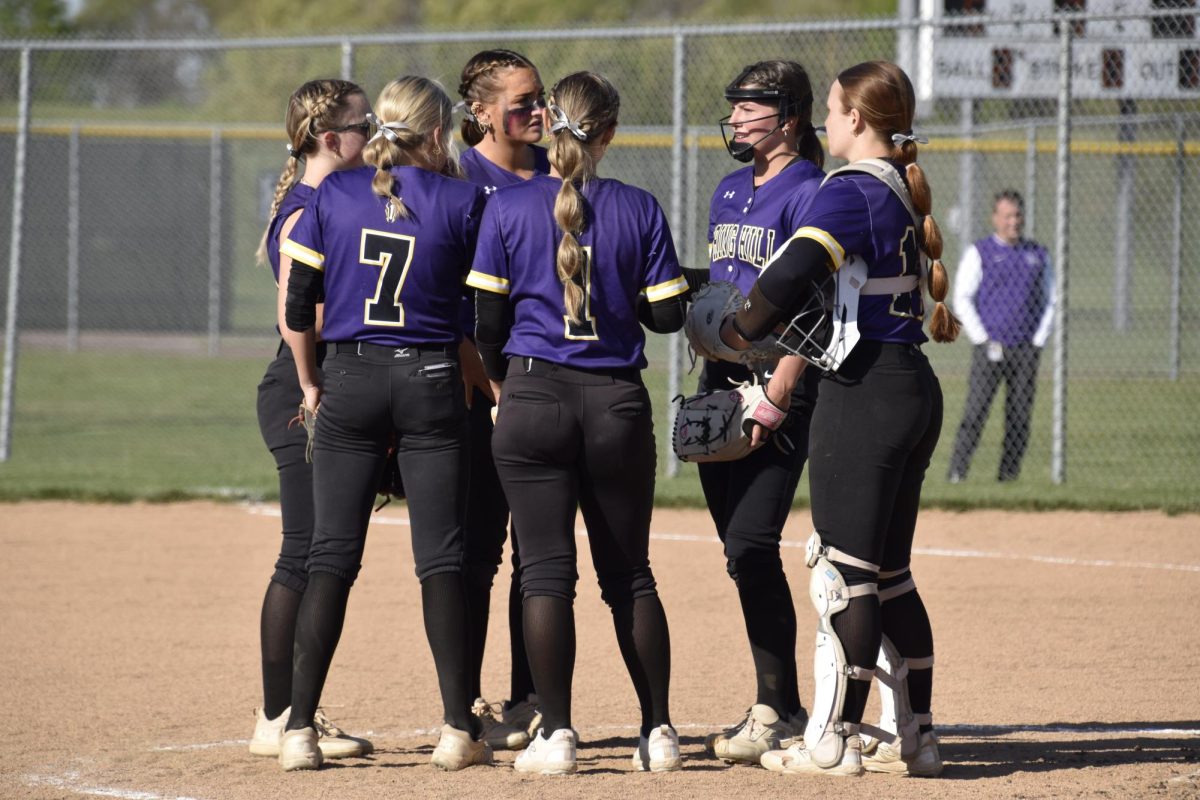
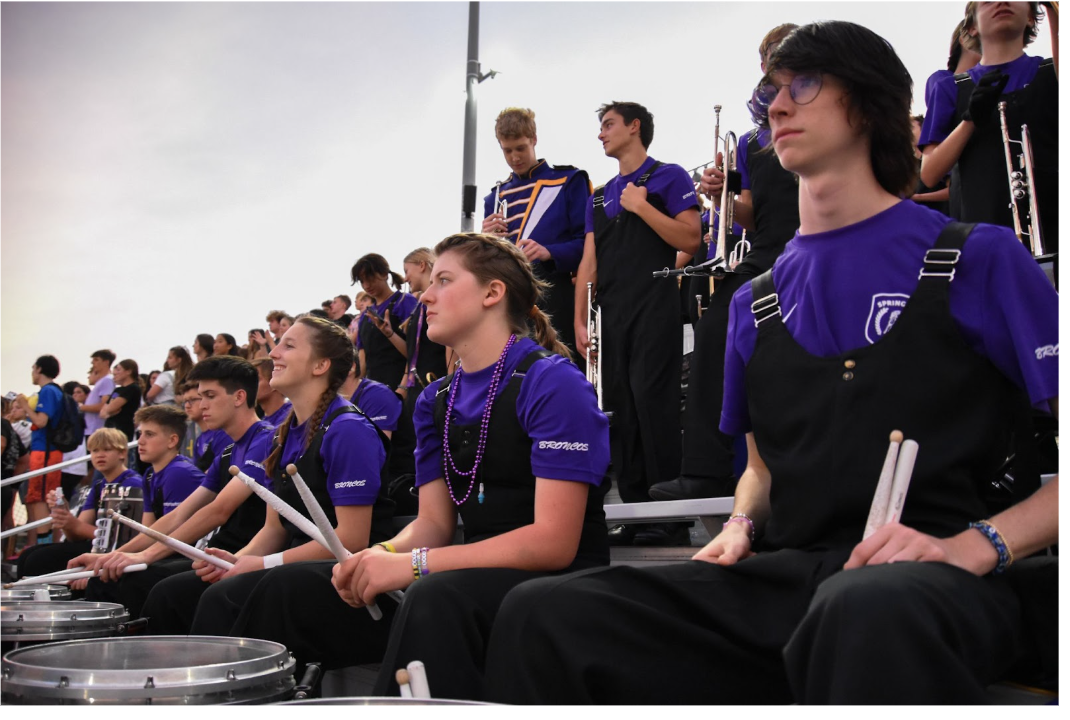
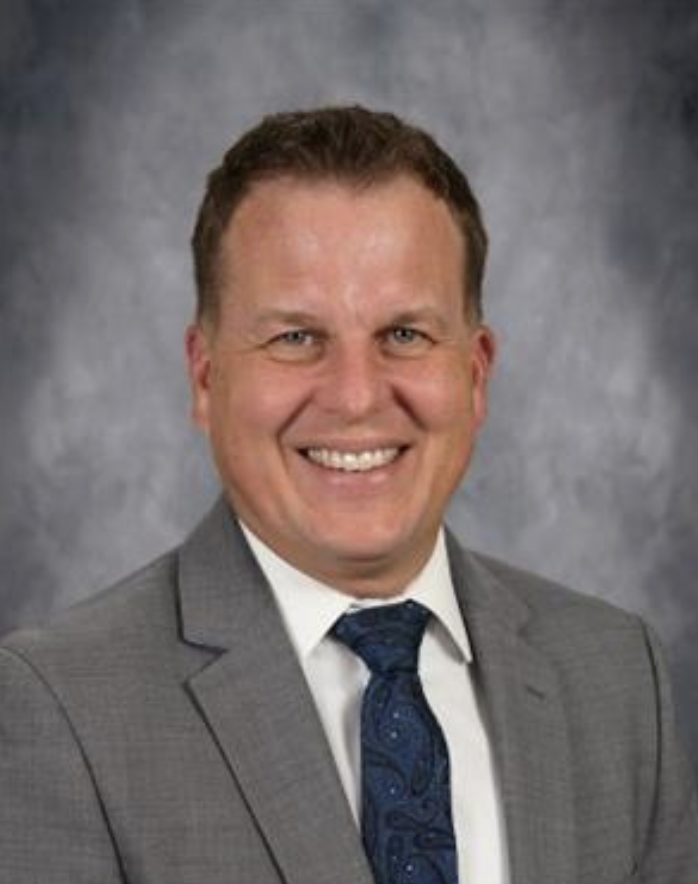

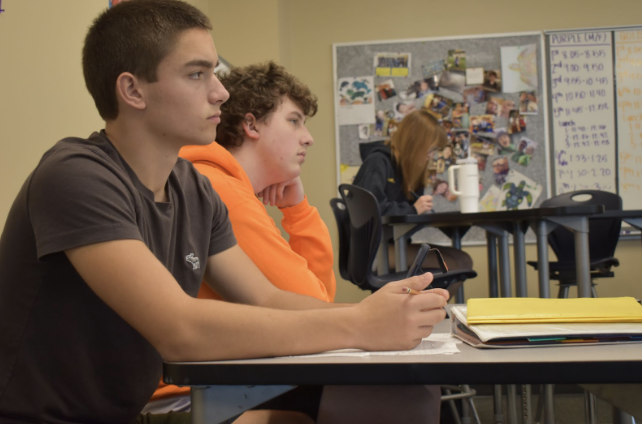
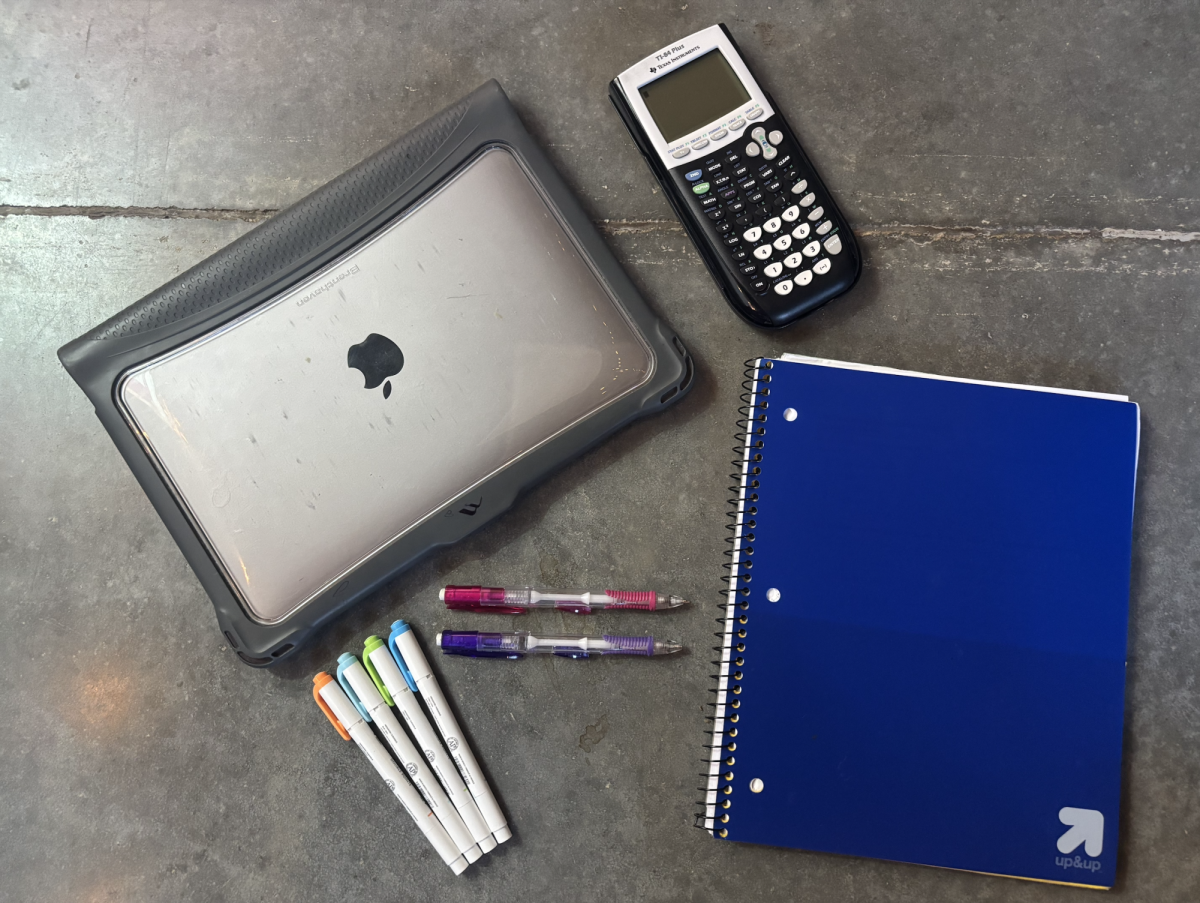
![Peering through their microscopes, [Brock] Laplante’s freshman Biology class has a hard time pretending they’re not interested. From sharp angles to swirling cells, there’s no predicting what could be seen.](https://stampedenews.net/wp-content/uploads/2025/10/Screenshot-2025-10-03-at-10.56.07-AM.png)
